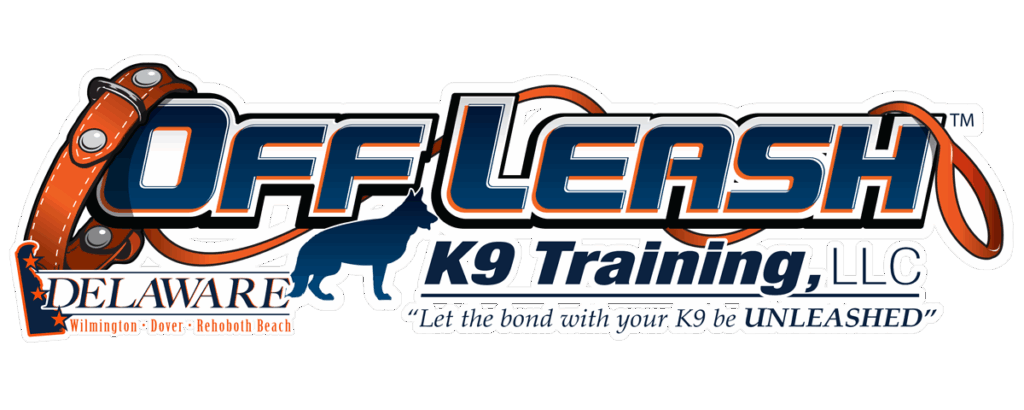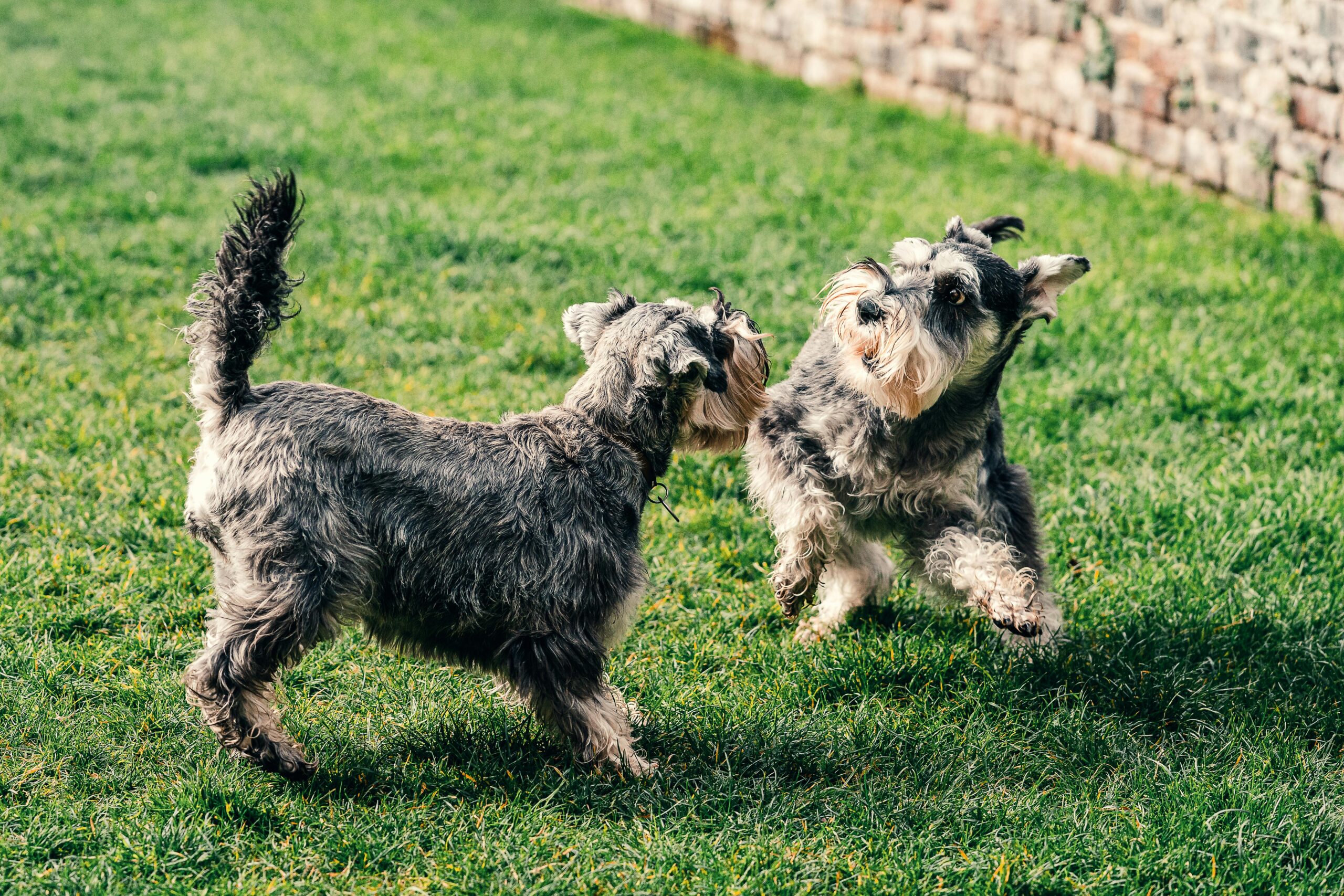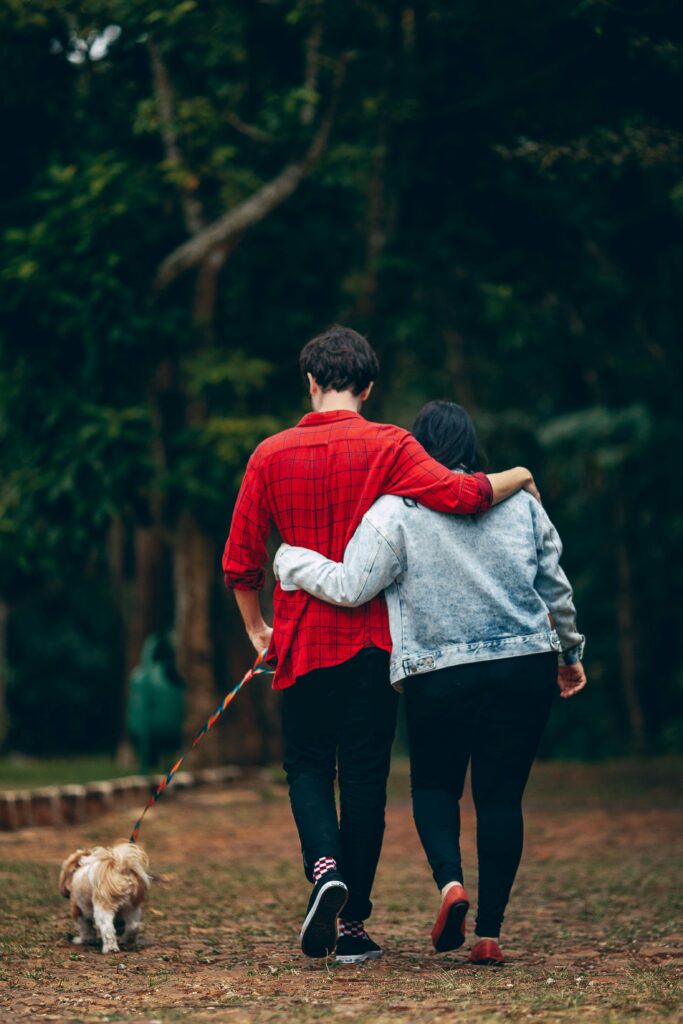When most people think about socializing their dogs, the first thing that comes to mind is a dog park. Wide open space, lots of dogs, and freedom to play—it seems like the perfect solution. But as a professional trainer, I often caution families to think carefully about the difference between dog parks and structured play.
While both have their place, only one consistently builds obedience, confidence, and reliable behavior. Let’s look at the pros and cons so you can decide what’s best for your dog.
The Reality of Dog Parks
Dog parks can offer benefits, but they also come with risks.
Pros:
- Dogs burn energy quickly with off-leash running.
- Provides exposure to a variety of breeds and play styles.
- Can offer convenience for city dwellers with limited yard space.
Cons:
- No control over other dogs’ behavior or training.
- High risk of fights, rough play, or bad habits being reinforced.
- Limited opportunity to reinforce obedience when chaos breaks out.
- Disease exposure from unvaccinated or sick dogs.
Dog parks are unstructured environments. For some dogs, especially those with fear, reactivity, or poor impulse control, this environment creates more problems than it solves.
What Is Structured Play?
Structured play is intentional socialization with boundaries and rules. This could be a small playgroup with familiar dogs, backyard sessions with obedience breaks, or supervised time at a training facility.
Benefits of structured play:
- Controlled introductions reduce anxiety.
- Frequent breaks help prevent overarousal.
- Commands like “place,” “come,” and “leave it” are reinforced mid-play.
- Builds calm confidence instead of wild overstimulation.
Structured play treats socialization as a training opportunity, not just free-for-all exercise.
Why Structure Matters for Training
When dogs rehearse chaotic behaviors—like chasing, rough tackling, or ignoring recall—they’re practicing the opposite of obedience. That’s why structured environments are so important.
A structured session might look like this:
- Parallel walk to burn energy before play.
- Calm greeting on leash.
- Off-leash play with frequent recall and “place” breaks.
- End on a calm note with obedience practice.
This flow prevents bad habits while building trust between dogs and owners.
For more detail on managing overstimulation and keeping control, check out our post on training your dog to handle crowds and events. The same principles apply to play environments.
Which Is Better: Dog Park or Structured Play?
If your goal is exercise only, a dog park can work for dogs that are already confident, non-reactive, and highly social. But if your goal is obedience and better behavior, structured play wins every time.
It’s not about depriving your dog of fun. It’s about creating environments that support training goals. With structure, your dog learns to:
- Play politely.
- Respond to you even when excited.
- Build confidence without practicing bad habits.
That’s the foundation of a reliable, well-mannered companion.
How to Build Structured Play Into Your Routine
- Playdates with known dogs. Choose dogs with stable temperaments.
- Backyard games with rules. Rotate between tug, fetch, and obedience.
- Training facility sessions. Controlled settings led by professionals.
- Small group socialization classes. Ideal for practicing commands with other dogs around.
Our Basic & Advanced Obedience Program is designed to help you build structure into socialization. We teach you how to manage excitement, maintain obedience, and ensure that play builds good behavior instead of undoing your hard work.
Expert Insight
According to the American Veterinary Society of Animal Behavior, well-managed, structured socialization reduces behavior problems and increases confidence throughout a dog’s life. Poorly managed environments, like chaotic dog parks, can do the opposite.
Final Thoughts: Choose Training Over Chaos
Dog parks can be fun, but they are not always the best classroom. If your priority is a dog that listens, respects boundaries, and thrives in all environments, structured play is the way to go.
By creating intentional opportunities, you’ll build obedience while still giving your dog the joy of play. That balance is what makes for a confident, well-adjusted companion.
Want to build safe, structured socialization into your dog’s life? Contact us today to learn how our training programs can help.




